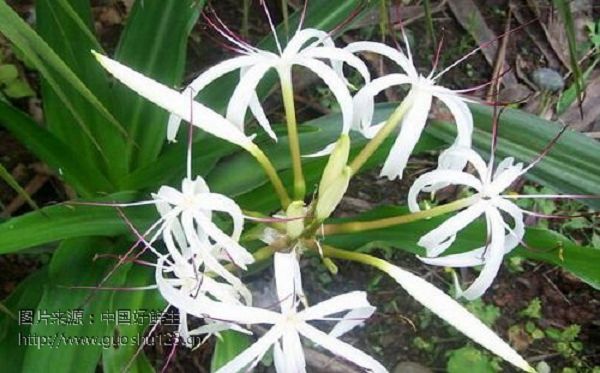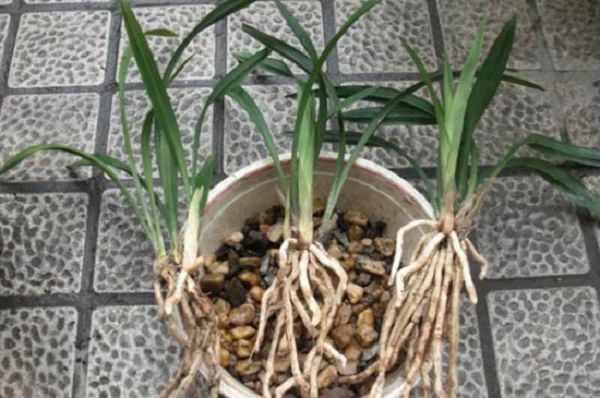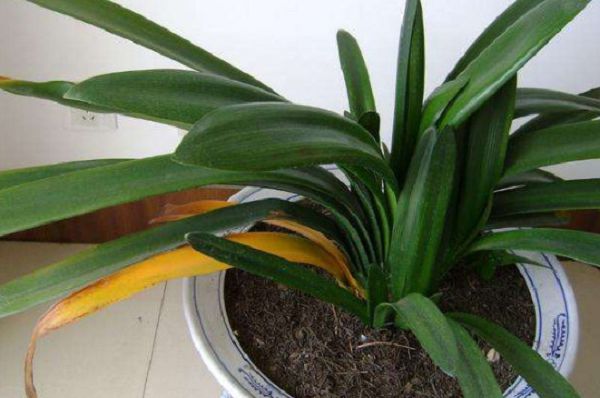When does the spider orchid blossom? When is the spider orchid blooming?

Spider orchid: the plant is very small, without green leaves, and has well-developed roots. Stem few, covered with numerous brown scales. Roots many, clustered, slightly flattened and curved, 2-10 cm long or more, 0.6-1.2 mm thick, spreading spider-shaped on trunk epidermis. So when does spider orchid blossom? When is the spider orchid blooming?
According to the understanding of spider orchid growers, the florescence of spider orchid is from April to July.
Habitat of producing area
It is often born on tree trunks in mountain forests at an altitude of 480-800 meters. Produced in northern Fujian (Wuyishan), Taiwan (Nantou, Taitung and other places), Hunan (location unknown), northern Guangdong (Lianping), Hainan (Lingshui), northeast Sichuan (Chengkou), southern Yunnan (Jinghong). It is widely distributed in Sikkim, southern Korean Peninsula, Japan, Thailand, Malaysia, Indonesia, New Guinea and Australia. The type specimens were collected from Indonesia.
Growth habit
Orchids generally grow on the hillside and valley walls of deep mountain valleys, sloping slopes or stone gaps with good water permeability and water retention, next to sparse mountain grass, and shaded by secondary trees. Or a place with shade, short sunshine or only scattered stars. Places with high humidity and good air circulation are sometimes born on the cliffs of mountains and streams. Orchids should be planted in a ventilated environment. Sex likes yin, avoid direct sunlight, like moist, avoid dryness, 15 ℃ to 30 ℃ is the most suitable for growth. The growth was poor above 35 ℃. The severe cold below 5 ℃ will affect its growth, at this time, orchids are often in a dormant state. If the temperature is too high and the sun is exposed, the leaves will burn or scorch within a day or two. If the temperature is too low and it is not transferred into the house in time, frostbite will occur. Orchid is a fleshy root, suitable for the use of sandy loam rich in humus, drainage performance must be good, humus soil or mountain soil with more humus should be selected. The pH value of slightly acidic loose soil or iron-containing soil should be 5.5-6.5.
Mode of reproduction
It can be carried out in both spring and autumn, usually every three years. All plants with dense pseudocorms can be ramified, and at least 5 connected pseudocorms should be preserved in each clump. Irrigation should be reduced before splitting, so that the basin soil is better than. When putting on the basin after ramet, first cover the bottom hole of the basin with broken tiles, then cover with coarse stones, occupy the depth of the basin from 5 to 1, and then put coarse-grained soil and a small amount of fine soil, and then plant it with sandy loam rich in humus. Planting depth to the false bulb just buried in the soil strength, the edge of the basin left 2 cm along the mouth, covered with green cloud grass or fine stones, and finally watered thoroughly, placed in the shade for 10-15 days, keep the soil moist, gradually reduce watering, and carry out normal maintenance.
Related
- Is the orchid suitable for indoor use? Is it good for the body?
- How to prevent the empty root of orchids?
- What to do after the crab claw orchid is withered?
- Why are the leaves of orchids always yellow? Fertilizing and watering.
- Can the root of the gentleman orchid be saved if it is rotten?
- Diagnosis and treatment of cotton-blowing beetle insects in Cymbidium
- There is a way for a gentleman's orchid to rot.
- What is the most suitable temperature and humidity for the orchid?
- How to raise a gentleman's orchid? Cultivation techniques of Cymbidium
- How to prepare the nutritive soil for the cultivation of Cymbidium



